Small Fruit Bearing Shrubs: Learn About Dwarf Fruit Bush Care
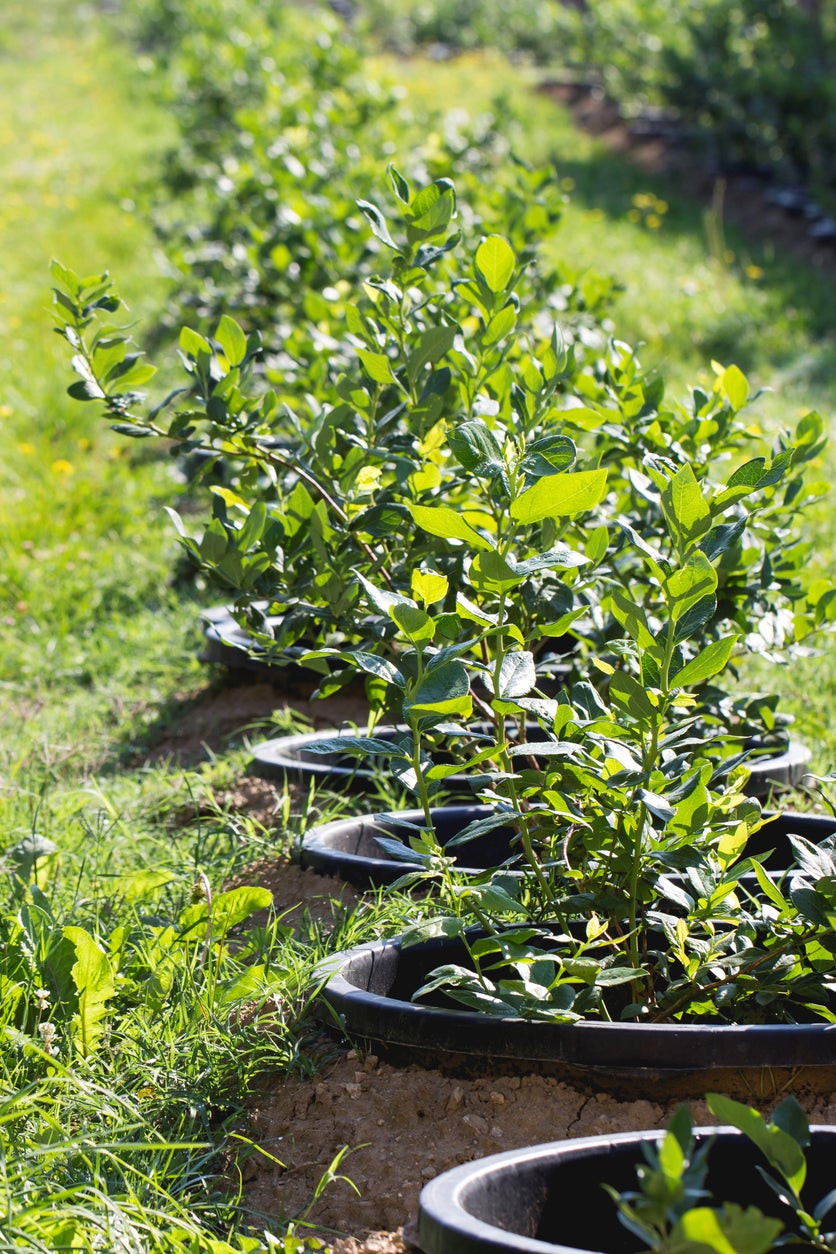
Berries are not only delicious but terrific sources of nutrition and antioxidants. They also may take up significant space, which can be a problem for an urban gardener or those with smaller space. Today, though, newer cultivars have been developed into miniature fruit bushes. These mini fruiting bushes are perfect for container gardening, and yet the fruit they produce is full-sized.
Keep reading to learn about growing small, fruit-bearing shrubs and dwarf fruit bush care.
About Small Fruit Bearing Shrubs
The newer miniature fruit bushes are available not only as blueberries but – surprise – as blackberries and raspberries as well. Another great thing about blackberry or raspberry mini fruiting bushes is that they have an actual bush habit that is thornless! No more scratched arms and hands. And because they have a mounding habit, these mini fruiting bushes are perfect for patios or other small spaces grown as potted plants.
Many blueberries get quite large and often need a pollinating companion. The semi-dwarf blueberries available today only get to about 4 feet (1 m.) tall and are self-pollinating.
Popular Varieties of Mini Fruiting Bushes
BrazelBerries ‘Raspberry Shortcake’ grows to just 2-3 feet (under a meter) in height with a mounding habit. The plant requires no trellising or staking and again... it’s thornless!
Bushel and Berry has both small, fruit-bearing raspberries and blackberries. Again, they have a mounded habit that needs no staking.
Small bush blueberries are available as either dwarf or semi-dwarf and northern highbush and half highs. Semi-dwarves reach a height of about 4 feet (1 m.) while dwarf cultivars grow to about 18-24 inches (45.5-61 cm.) high.
Gardening tips, videos, info and more delivered right to your inbox!
Sign up for the Gardening Know How newsletter today and receive a free copy of our e-book "How to Grow Delicious Tomatoes".
Dwarf Fruit Bush Care
All blueberries like an acidic soil with a pH between 4-5.5. They also require moist, well-draining soil and a sunny location. Mulch around the plant to keep the roots cool and retain moisture.
When the first-year flowers appear, pinch them off to allow the plant to establish. Remove the blooms for the first two years and then allow the plant to flower and produce. Fertilize one month after planting.
Small raspberry and blackberries should be grown in full sun in soil that is well-draining. Fertilize in the early spring and then again in midsummer with a water-soluble food such as an 18-18-18 fertilizer.
Allow the berries to go dormant in the winter and in colder climates (zone 5 and below), store them in a sheltered area like a shed or garage after they lose their leaves. Keep the soil slightly moist throughout the winter by watering once every 6 weeks. When temperatures have warmed in the spring, bring the berries back outside.
In the spring new green shoots will begin to sprout from the soil and off of the old canes. Those from the ground will fruit the next year while the old canes with new growth will be the fruiting canes this year. Leave both of these alone but cut any old, dead canes without new growth to ground level.

Amy Grant has been gardening for 30 years and writing for 15. A professional chef and caterer, Amy's area of expertise is culinary gardening.
-
 Looking For Plants To Give You The Soft And Fuzzies? Try These 5 Fuzzy Leaf Plant Options
Looking For Plants To Give You The Soft And Fuzzies? Try These 5 Fuzzy Leaf Plant OptionsLovers of texture, drama, silver foliage and tactile plants will adore these special sensory garden additions. These fuzzy leaf plant options will leave you all aglow
By Susan Albert
-
 Get Ready For A Summer Of Hummers! Grow These Full Sun Hummingbird Plants and Flowers
Get Ready For A Summer Of Hummers! Grow These Full Sun Hummingbird Plants and FlowersIf you’re lucky enough to enjoy a sunny backyard, make sure you are maxing out on your pollinator opportunities and grow these full sun hummingbird plants and flowers
By Tonya Barnett
-
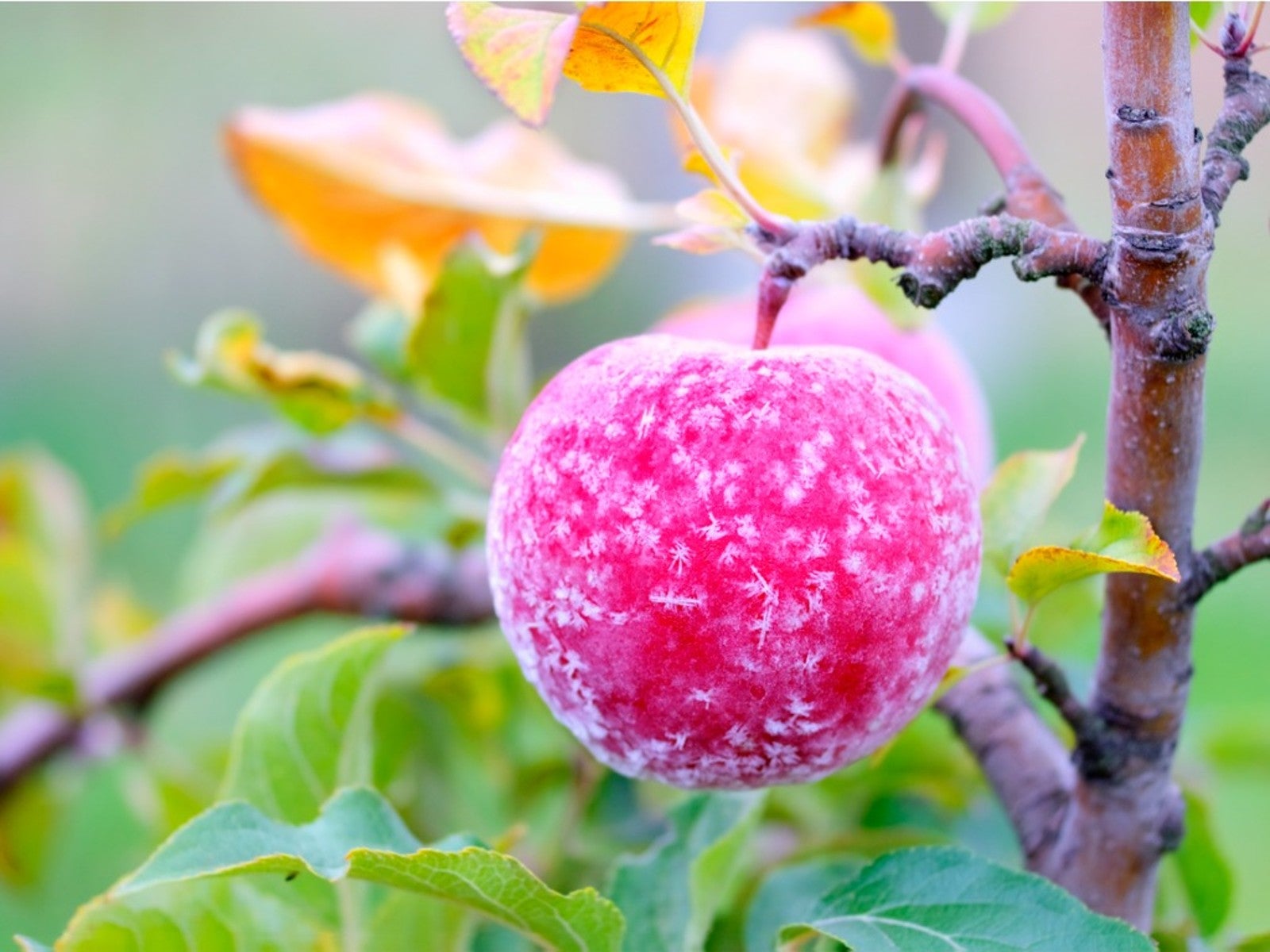 How To Protect Fruit Trees From Frost And Freeze
How To Protect Fruit Trees From Frost And FreezeChoosing fruit trees appropriate for your growing zone is best, but you still may need to protect them from extreme cold. Read how.
By Bonnie L. Grant
-
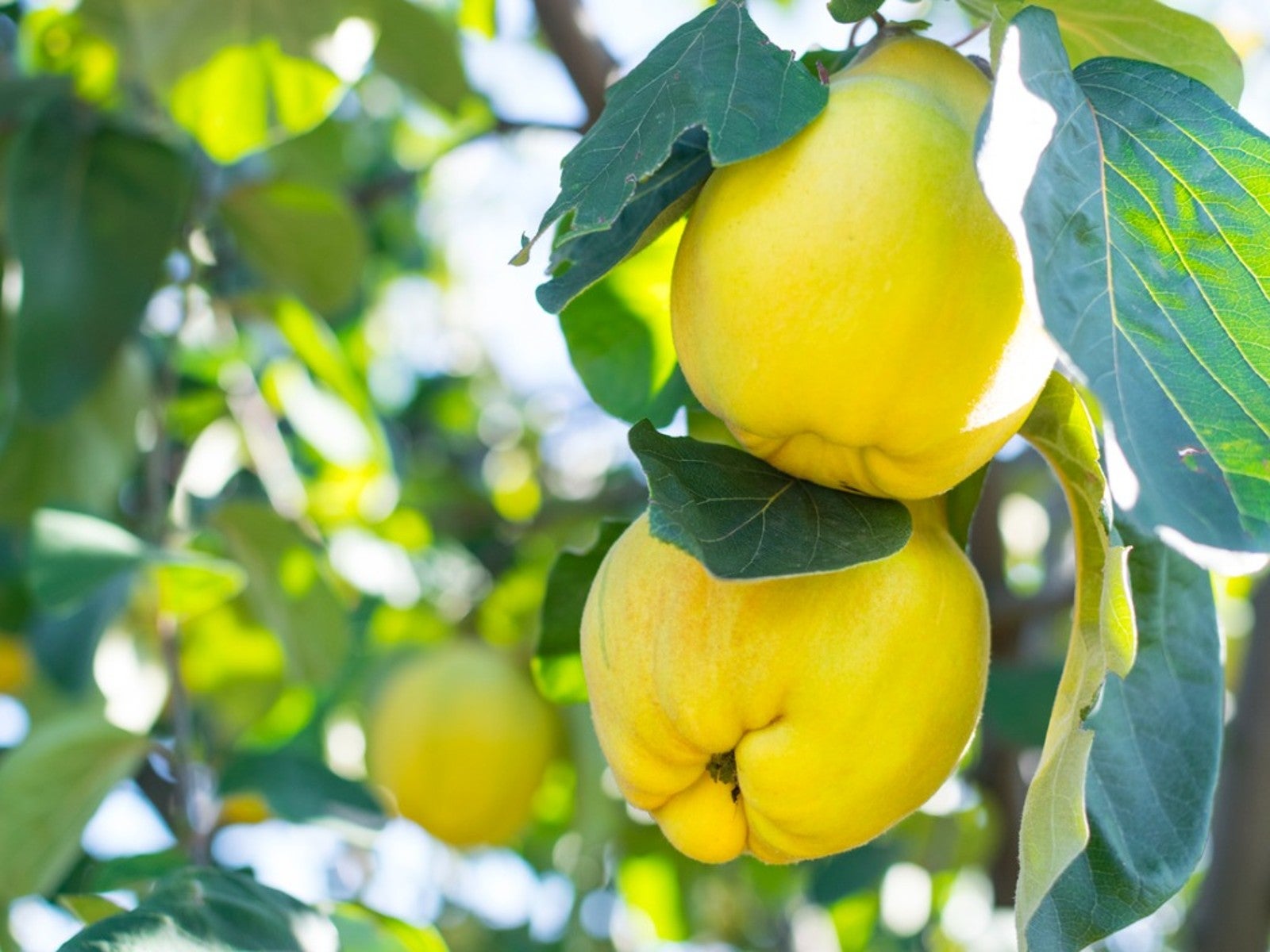 Best Plants For Late Summer and Fall Fruit Harvest
Best Plants For Late Summer and Fall Fruit HarvestEven if you don’t have the optimal conditions for more common fruit trees, there are other end of summer fruits to enjoy.
By Teo Spengler
-
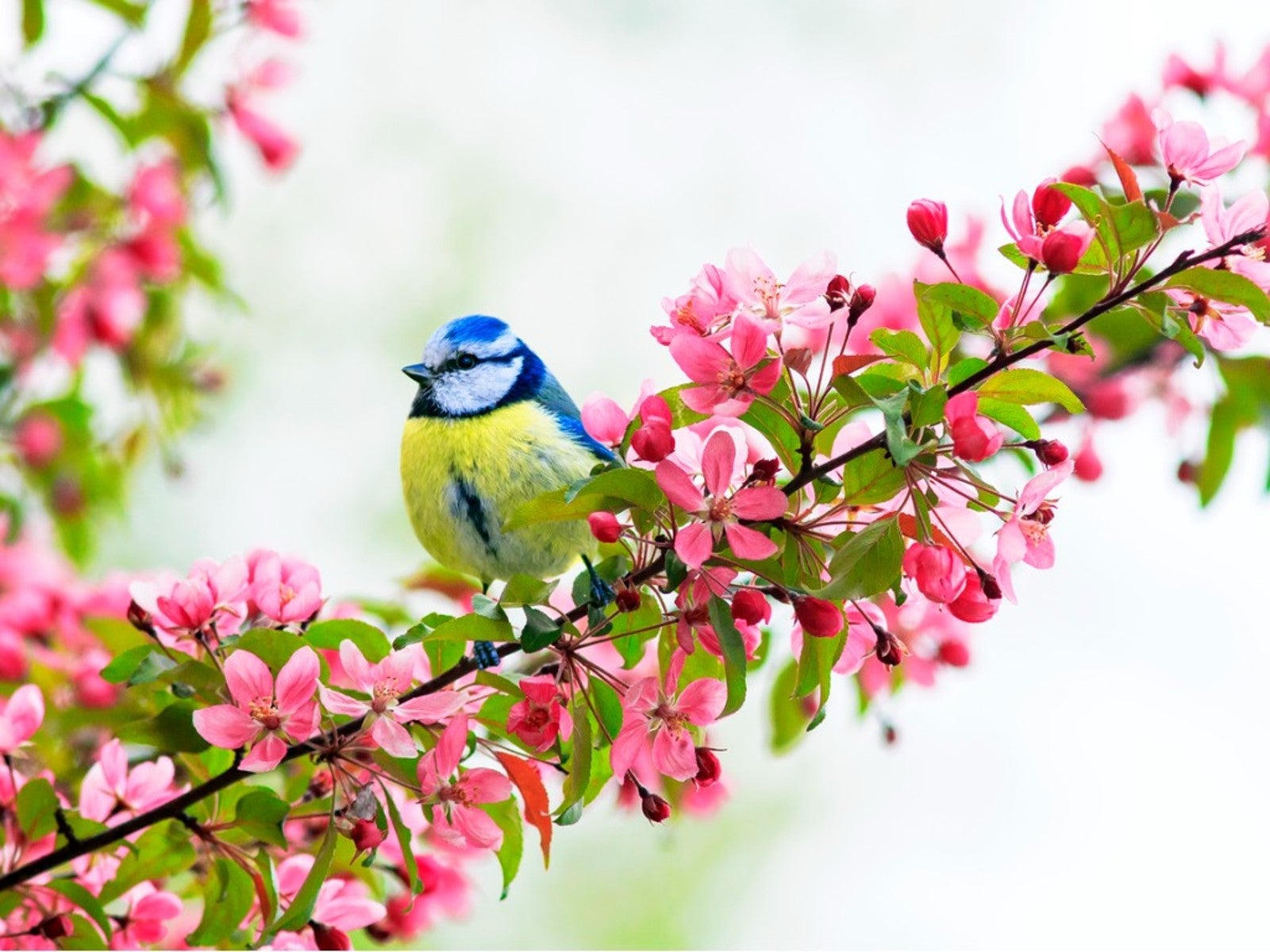 Best Native Fruit Trees To Support Wildlife
Best Native Fruit Trees To Support WildlifeIf you want trees that will attract and feed wildlife, learn the best kinds of edible fruit and nut trees to plant for inviting specific creatures.
By Teo Spengler
-
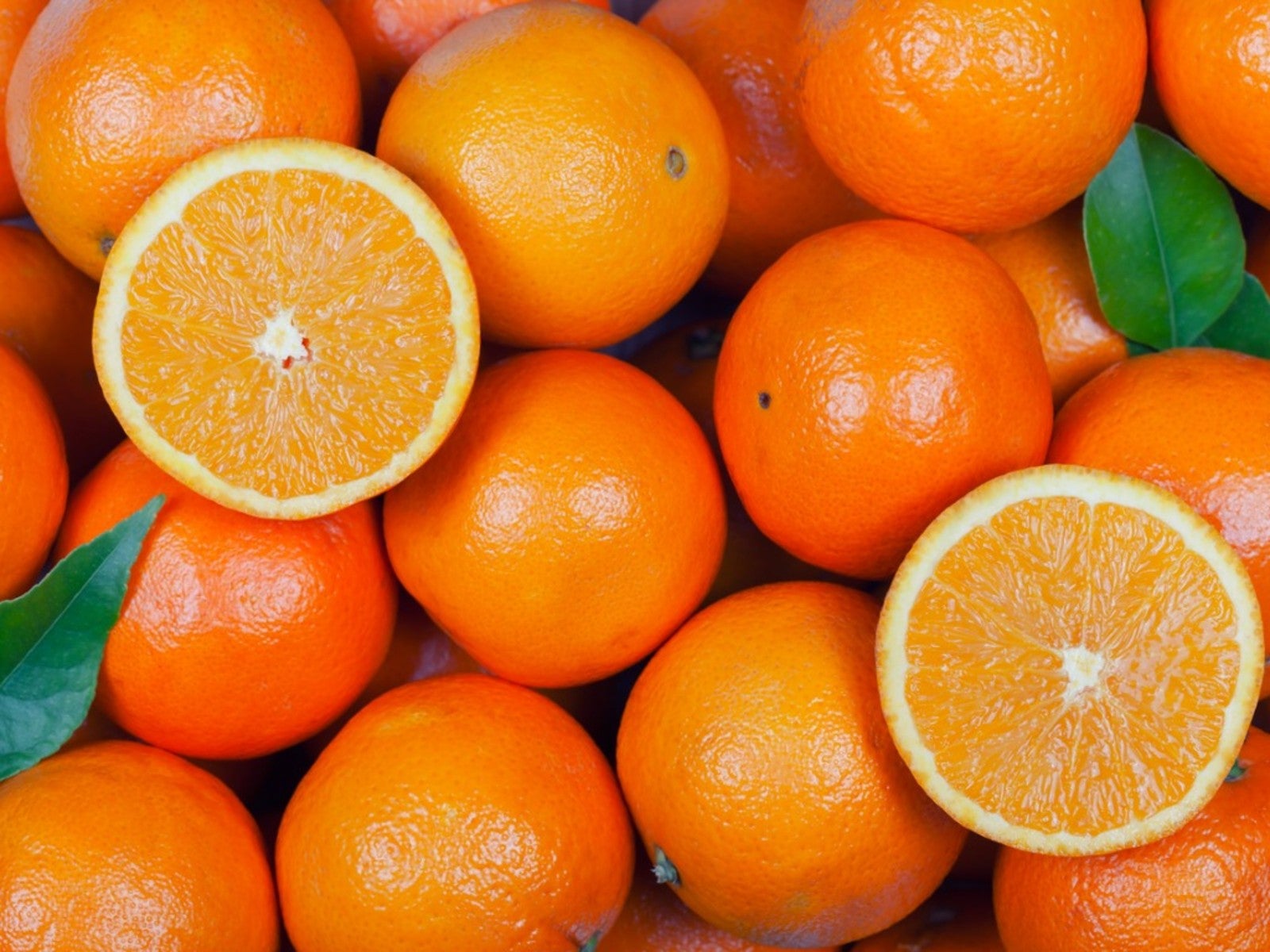 Orange Fruit Varieties: Growing Fruits That Are Orange
Orange Fruit Varieties: Growing Fruits That Are OrangeOrange colored fruit isn’t limited to the citrus orange. There are plenty of other orange colored fruit varieties, each packing a healthful punch. Read on for more.
By Amy Grant
-
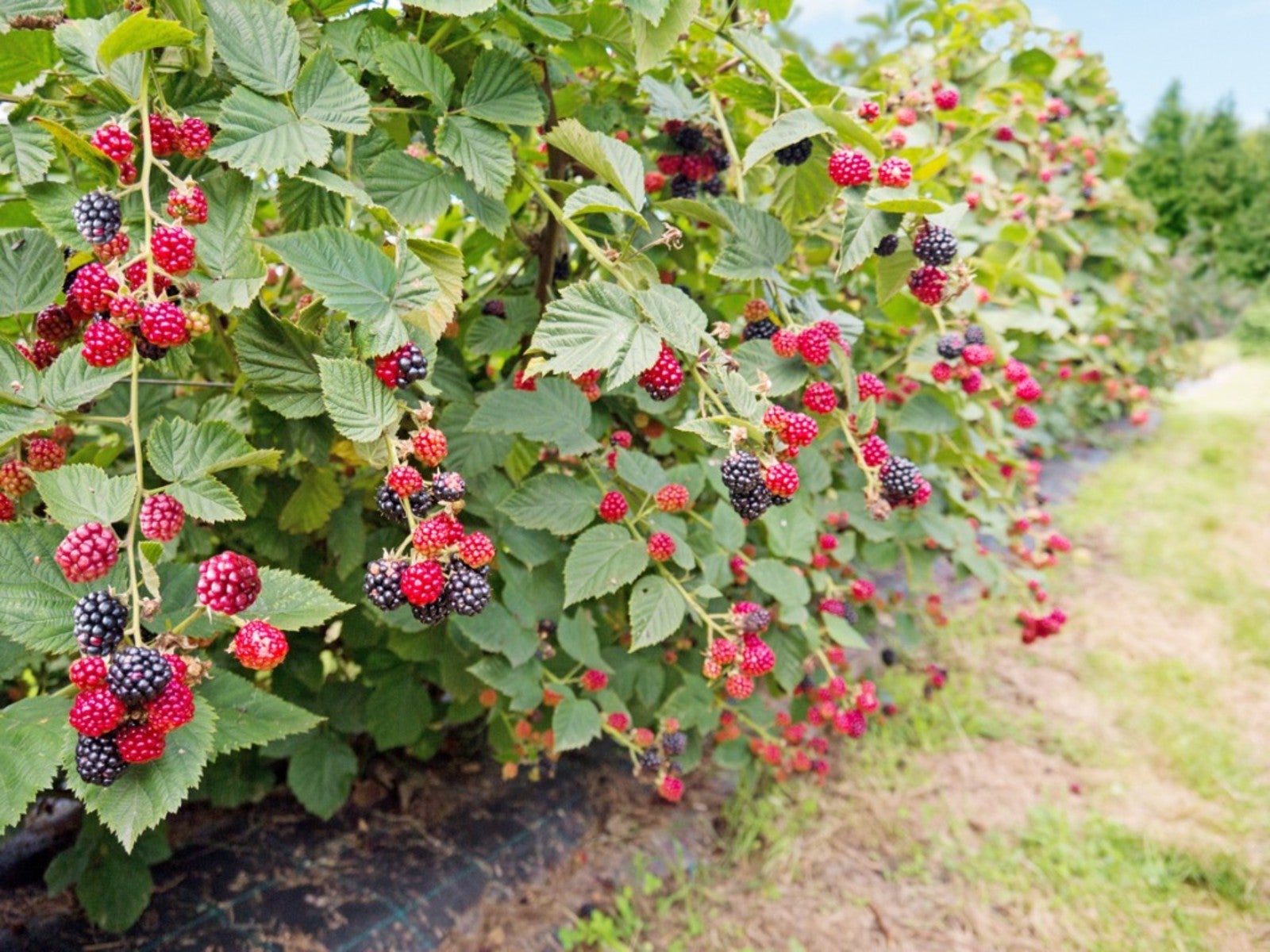 Everbearing Plants: Learn About Everbearing Varieties Of Fruit
Everbearing Plants: Learn About Everbearing Varieties Of FruitWhat does everbearing mean? And more importantly, how do everbearing varieties differ from non-everbearing types? Read on for more.
By Laura Miller
-
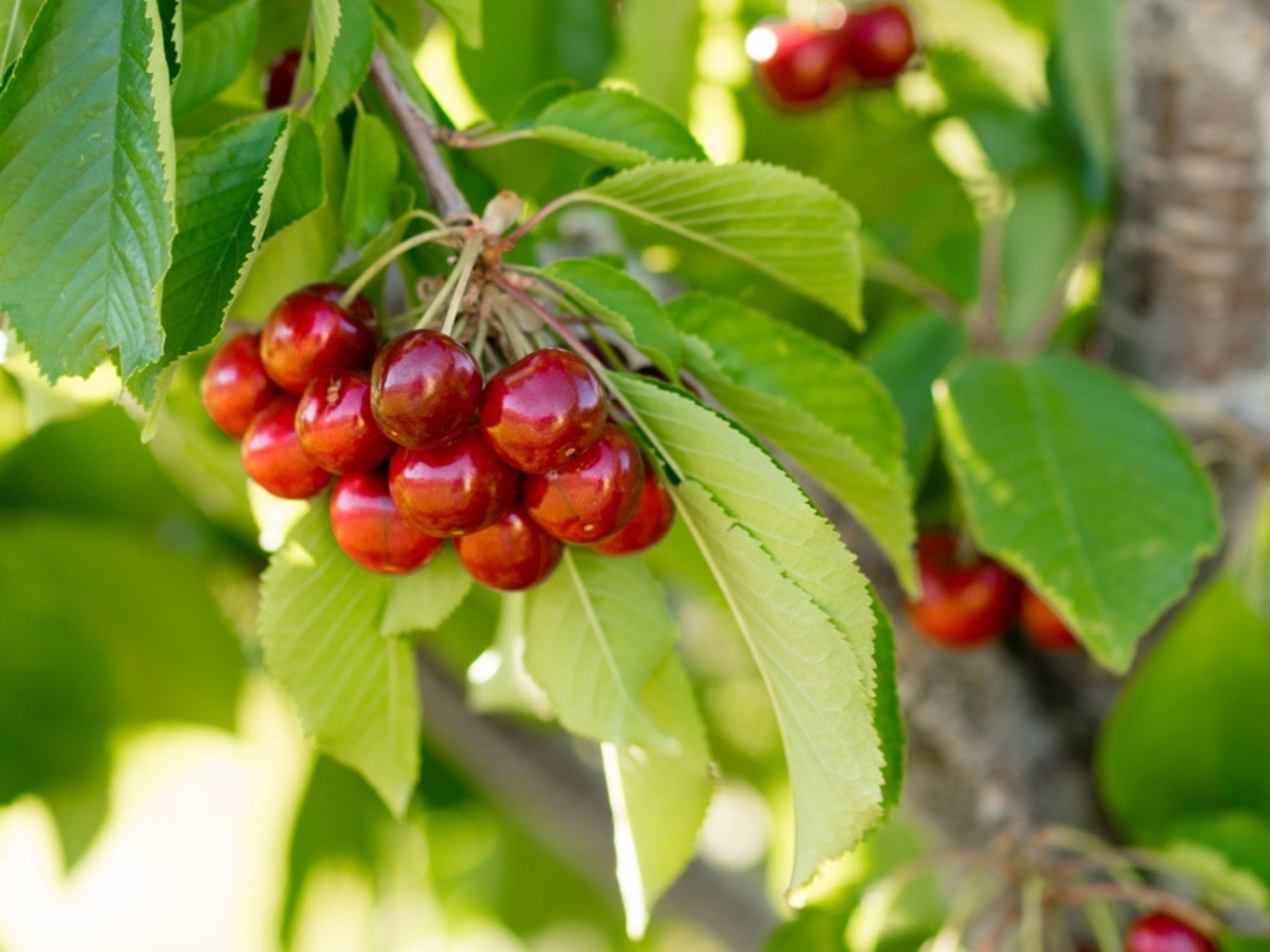 Plant A Red Fruit Garden: Growing Fruits With Red Flesh
Plant A Red Fruit Garden: Growing Fruits With Red FleshPlanting a red fruit garden may seem a bit whimsical. That is, until you realize the health benefits of consuming fruits with red flesh.
By Laura Miller
-
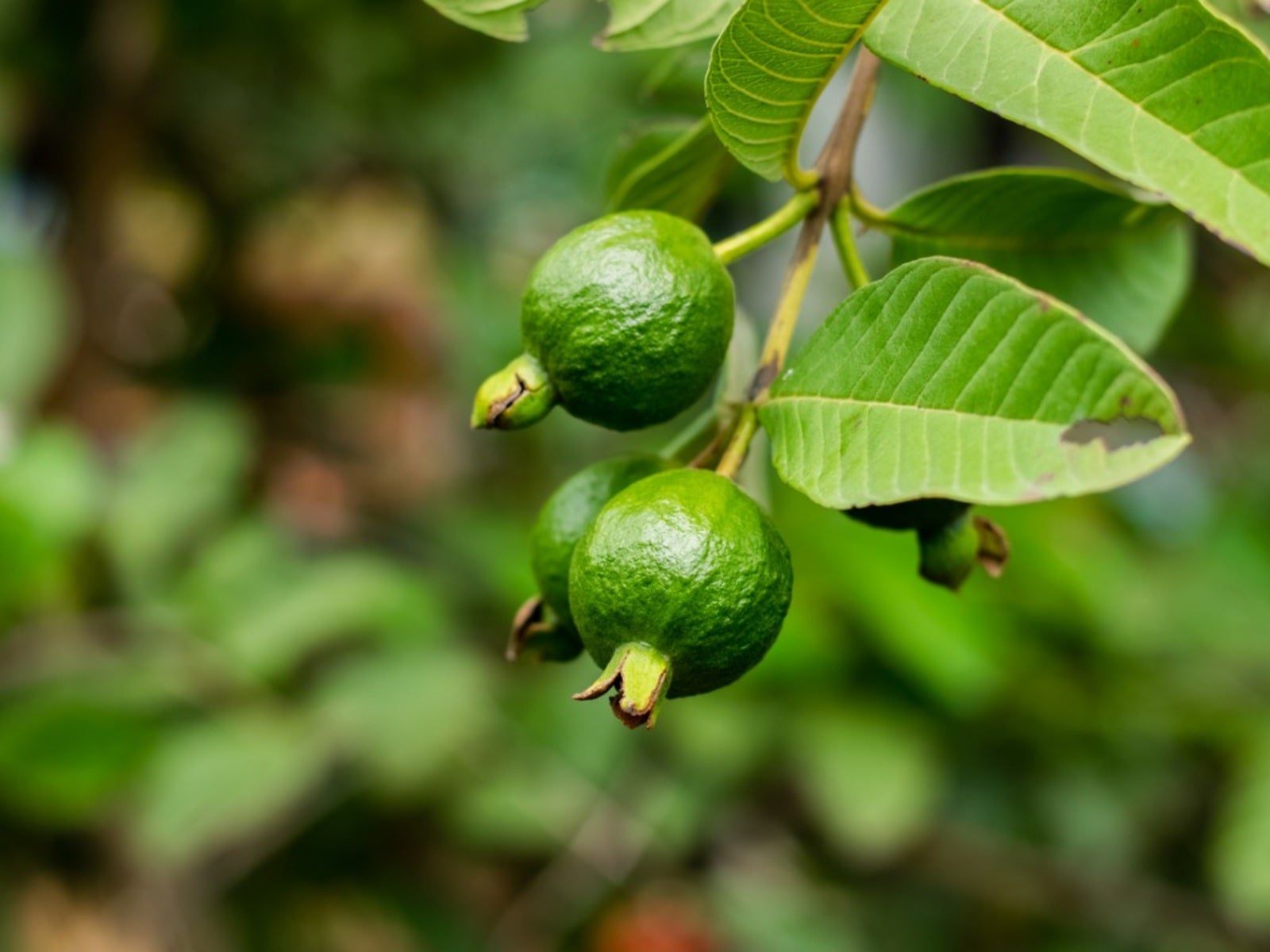 Heat Tolerant Fruits - Growing Fruit In Hot Weather
Heat Tolerant Fruits - Growing Fruit In Hot WeatherSome fruit grows in extreme heat naturally. But there are also specially cultivated, heat-tolerant varieties. For more information on heat tolerant fruits, read on.
By Teo Spengler
-
 Yellow Fruit Varieties - Growing Fruit That Is Yellow
Yellow Fruit Varieties - Growing Fruit That Is YellowWhat fruit is yellow? There's more than the bananas at the supermarket. Try growing yellow fruit for a consistent supply of sunny food.
By Bonnie L. Grant